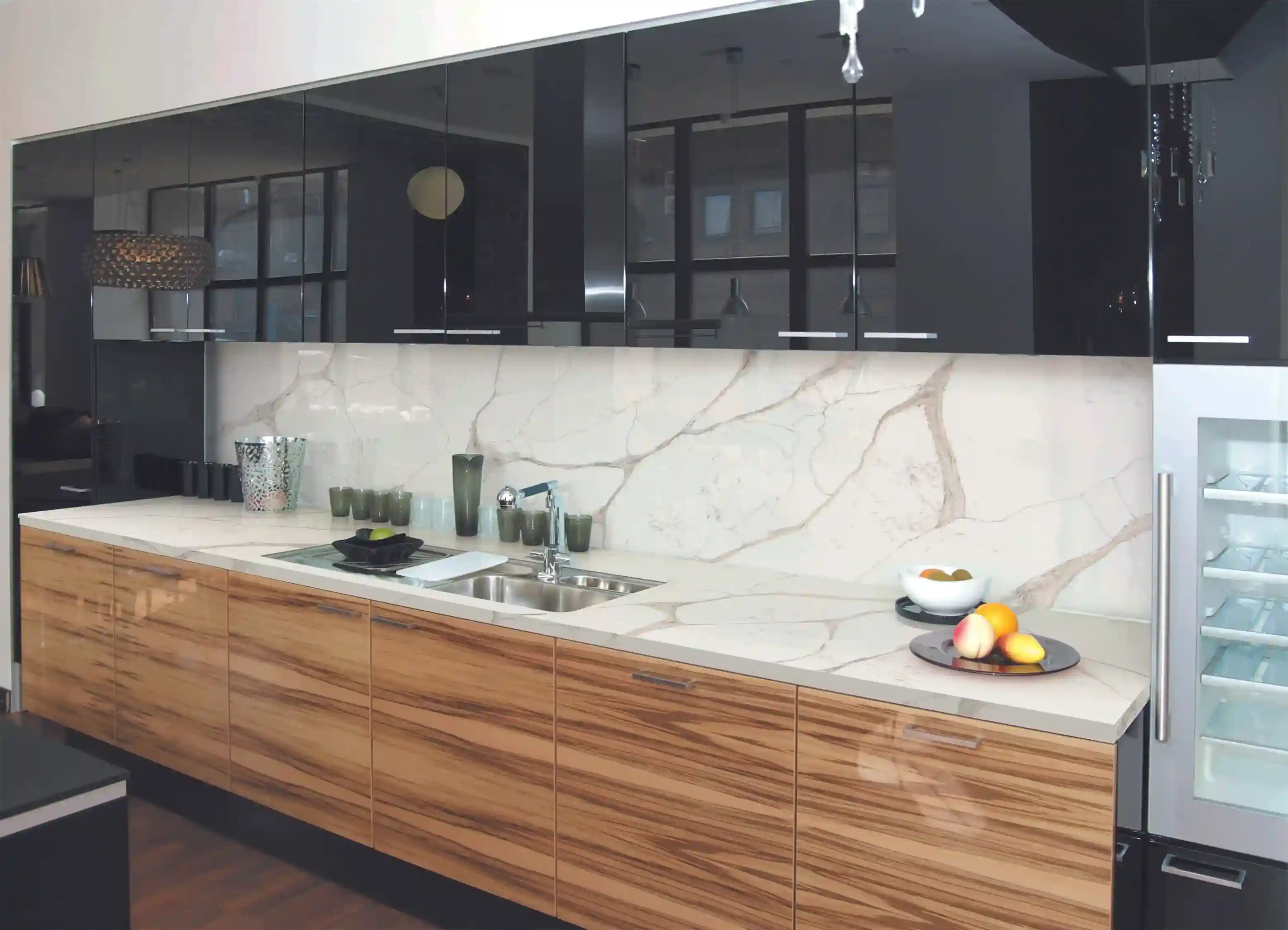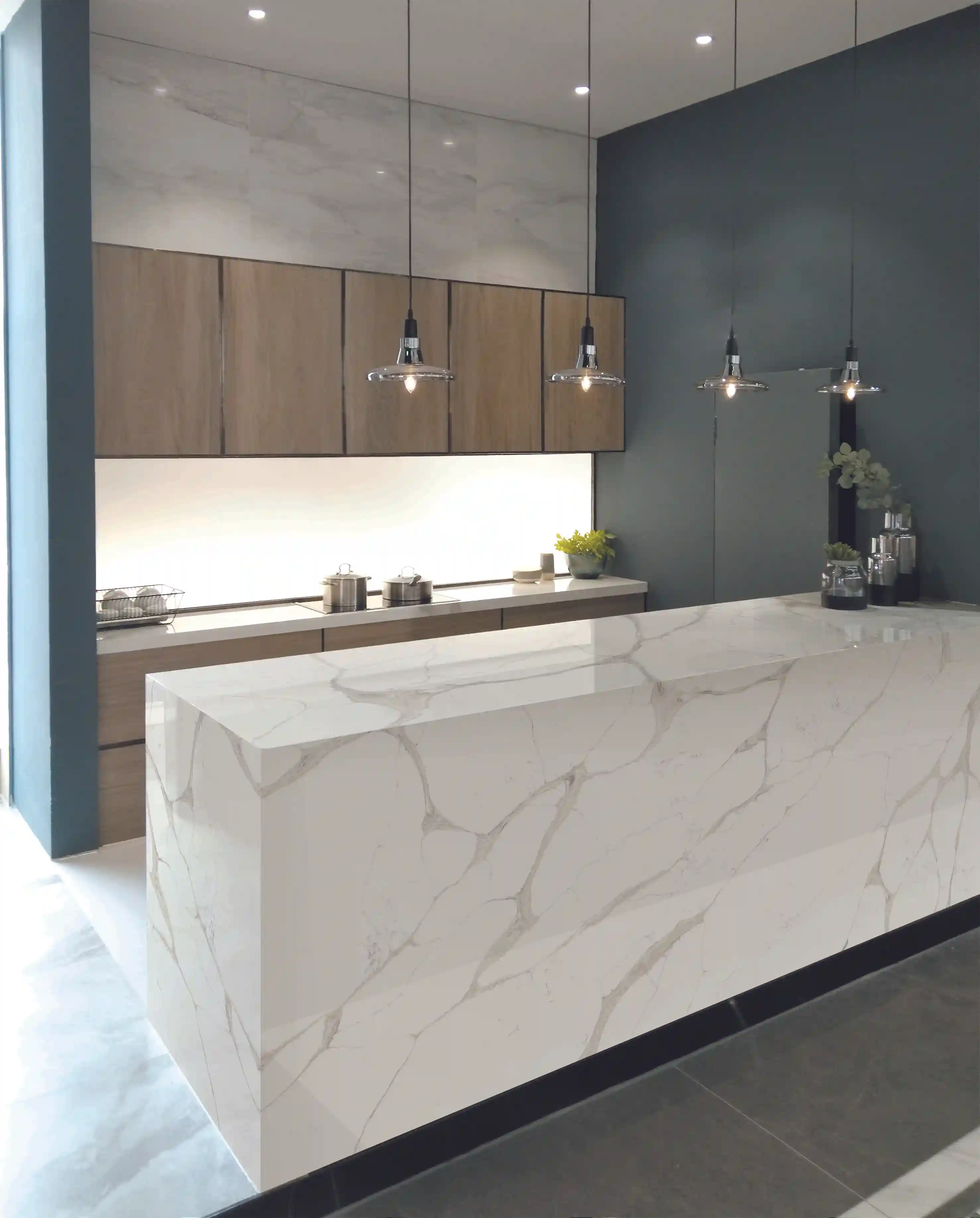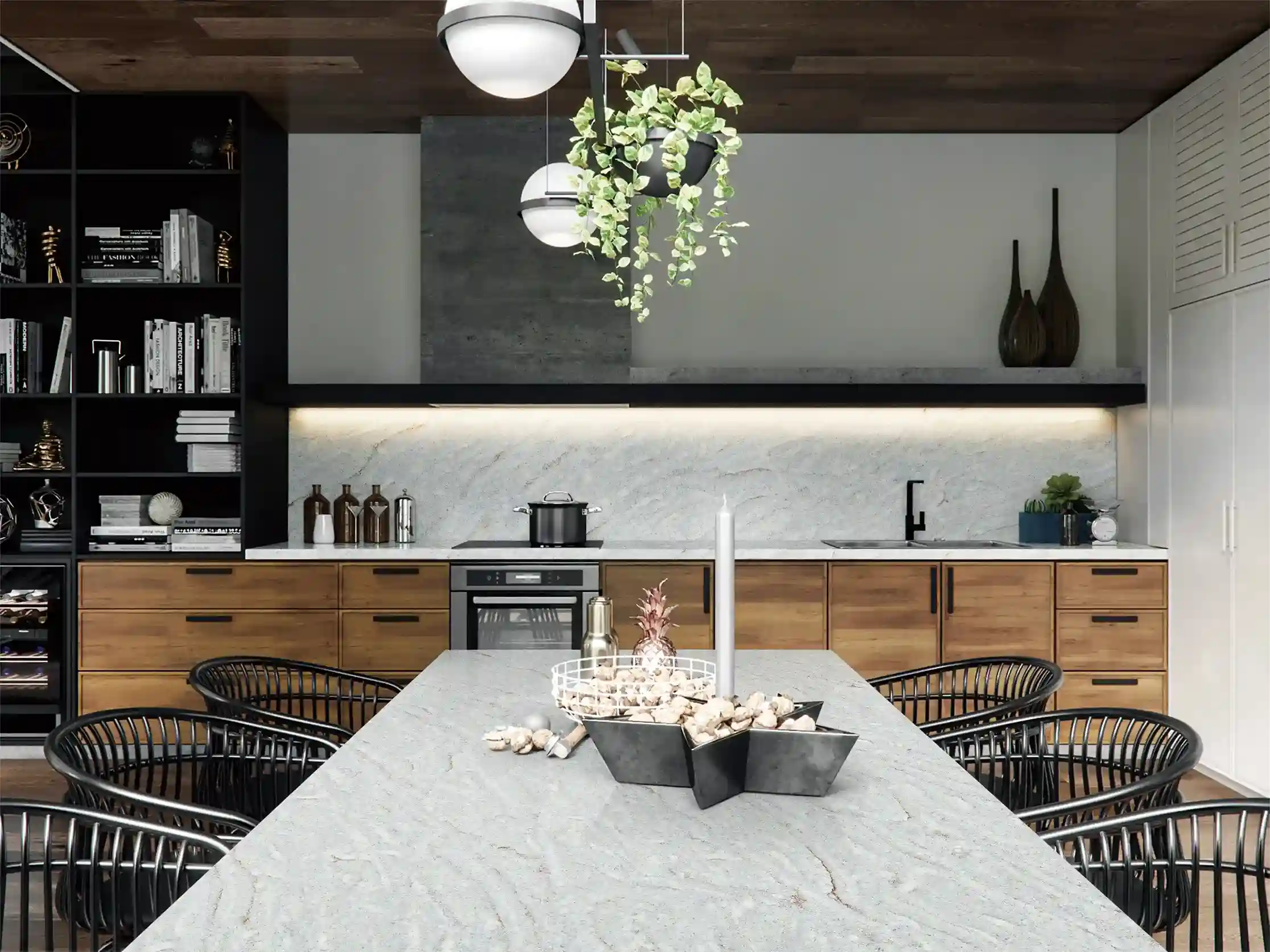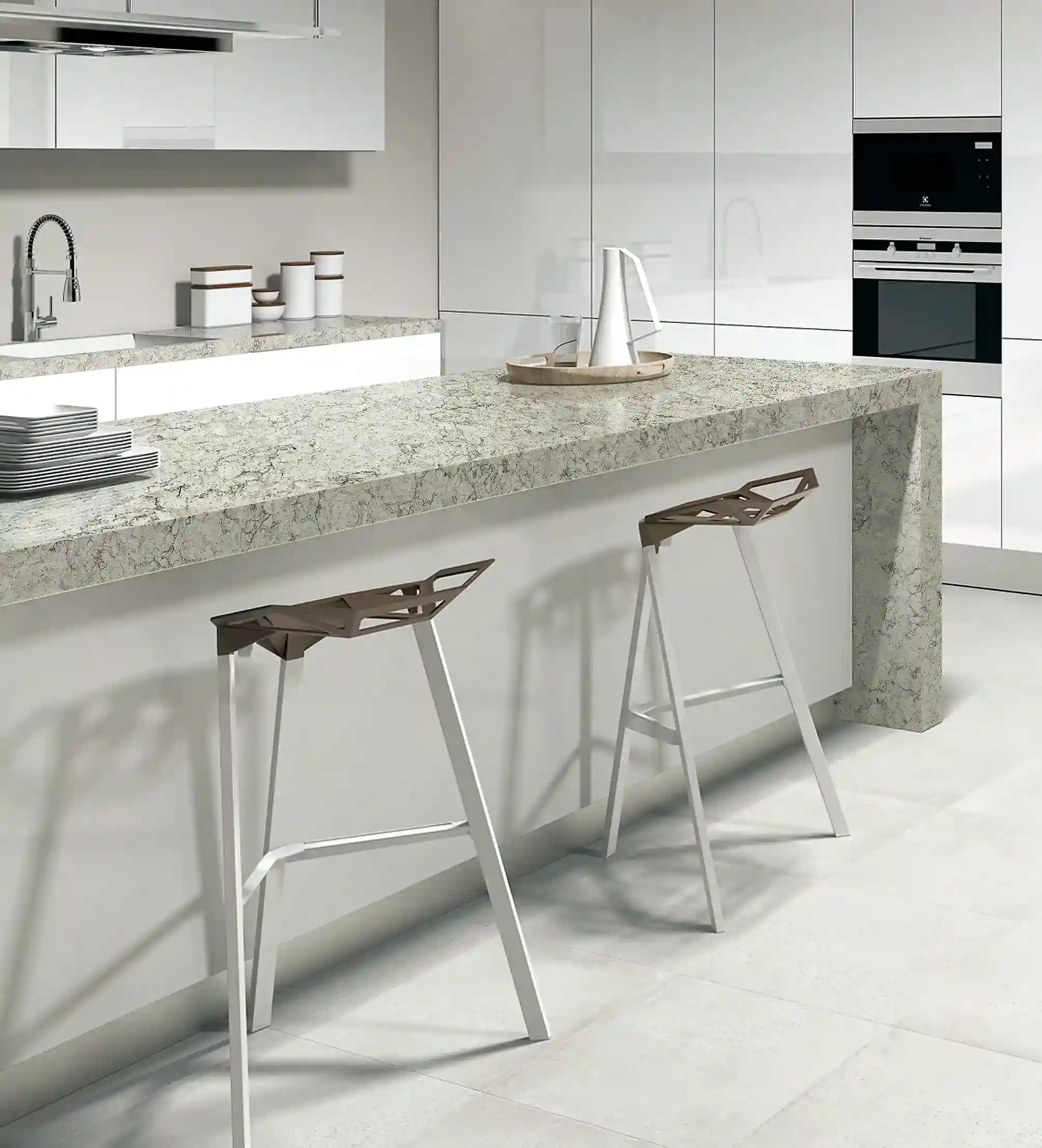The Process of Making Porcelain
1. Raw Material Preparation
The manufacture of porcelain, known for its strength and aesthetic properties, begins with the raw material preparation. The key components will be kaolin, feldspar, and quartz. Each of these components is selected based on the properties of the raw materials and their overall quality. Kaolin provides mostly plasticity and shape, while feldspar is used primarily as a flux that depresses the melting temperature of the forming materials and enables the pore-closing to occur when vitrifying the porcelain. The quartz is used to increase the strength and hardness in the porcelain product.
The process begins with the mining of these raw materials and then they are shipped to the appropriate porcelain manufacturer. Once at the facility, these raw materials are processed, which consist of drying, crushing, and grinding until they become a fine powder. Then the fine powder is mixed with water to create a slurry that is then screened to remove impurities and homogeneous particle size.


2. Forming
The forming stage of porcelain production is an exact process where raw materials are formed into beautiful and durable porcelain products. This step of the production begins with the preparation of porcelain slip, which consists of mixing high quality kaolin clay, feldspar, and quartz with water, which is formed into a formable material.
There are a variety of forming processes used to shape this slip into finished forms. One common forming method is slip casting, where the slip is poured into plaster molds. The plaster, being quite porous, draws out water so that a solid layer of clay remains on the sides of the mold. This technique is good for creating detailed shapes with complex, intricate forms and minor details.
3. Drying
Drying is a crucial step in the porcelain production process, playing a vital role in ensuring the material’s strength and stability.Drying must occur to allow the products to gain strength and stability before they are fired. The drying process consists of the gradual removal of moisture from the porcelain body. If left to remove moisture at its own rate, there is a risk of damaging the porcelain by cracking, warping or otherwise deforming the shape in the firing.
Once dry, the porcelain is soft and can easily be manipulated. Controlled conditions for drying are used to gradually lower the moisture in the product. Moisture can be reduced using natural air drying or in controlled drying chambers or rooms. These chambers or rooms allow one to control humidity and air temperature. Rules or standard procedures govern the temperature and the climate (humidity) during drying to support controlled drying. These protocol should be used for regulated adjustment to airflow, temperature and humidity, with a focus on uniform drying needed to maintain the integrity of the shape of porcelain.


4. Firing
Firing is critical to the porcelain production process, as it is when raw materials are converted into robust, glassy ceramics. Firing is performed by placing the formed porcelain in a kiln at high temperatures ranging from 1200 to 1400 degrees Celsius (2,192 to 2,552 degrees Fahrenheit). The high temperatures cause vitrification, wherein particles in the clay melt and bond, producing a dense, non-porous, and translucent substance.
The firing subsequent begins with the first firing or bisque firing. Typically, this first stage of firing takes place at relatively low temperatures to just eliminate moisture and organic materials. The first firing hardens the piece, allowing for easier handling and preparation for glazing.
5. Glazing
Glazing is a procedure used on porcelain tiles to improve both their appearance and performance. The tile surface is coated with a liquid glass mixture, creating a smooth and protective finish.The jar is put into a kiln, and fired under high heat. This creates a glossy, hard and impervious surface, which improves durability and looks.
One of the advantages of glazing porcelain tiles is the ability to curate high-gloss finish. The glaze itself is offered in different colors and patterns, allowing us to mimic the appearance of materials like stone, wood or fabric. It provides unlimited design possibilities for both residential and commercial interiors.


6. Quality Control
Quality control of porcelain products involves a review process that is extremely thorough, making sure that the final product is durable, aesthetically pleasing, and useful. This process begins with the careful selection of raw material inputs, requiring that only the best materials proceed, such as clays, feldspars, and kaolins, hoping that they are free of impurities, or elements that can impact the performance of the end product.
Following the selection of raw materials, testing and analysis are conducted in the laboratory, where each source of raw materials and processes are examined and reviewed, including but not limited to the chemical composition, particle size distribution, and plasticity to receive a pass or level of acceptance according to established norms. The material blending process is closely monitored to ensure consistency between the test samples and the bulk mix; consistency is crucial to the proper functioning structural integrity of the porcelain.
